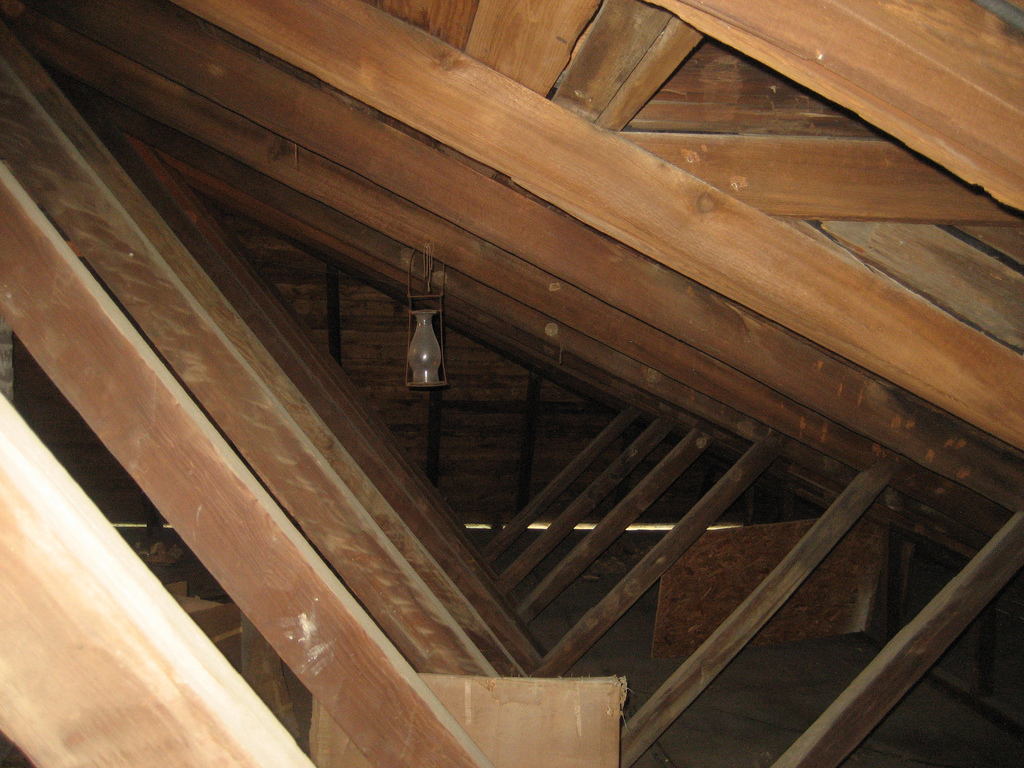Air leaks in the attic can force a home to draw significantly more energy. During the hot spring and summer months, the cool air from inside the home will gradually rise to the attic where it escapes through these openings. This may not seem like a serious problem, but even small air leaks can translate into hundreds of dollars in wasted energy over the course of a year. Homeowners must identify and plug air leaks in the attic to ensure their home is energy efficient.
According to an infographic published at GreenHomeGnome.com, approximately 25% of the average home’s energy loss comes from the attic. Whether it’s heat during the winter or cold air during the summer, thermal energy will inevitably make its way up to the attic. Unless the attic is properly sealed and insulated, this energy could escape outside.

Plan Ahead
As with most DIY home improvement projects, planning goes a long ways. You don’t have to be a professional architect to go up into your attic and create a rough sketch of where the problem areas are located. Identify areas of missing insulation, damaged or moldy insulation, recessed lighting, gaps between walls, dropped soffits, and behind kneewalls.
Note: insulation in the attic should have a total R-value of atleast 30. If it falls below this amount, consider replacing or adding more insulation to improve its thermal efficiency.
Gear Up
Whether you’re adding a small role of fiberglass insulation to an open gap, or if you’re installing new insulation throughout your entire attic, you should always gear up in the appropriate safety items beforehand.
Here’s a list of the safety gear recommended when handling insulation:
- Double-strapped dust mask.
- Heavy-duty gloves
- Boots
- Protective jumpsuit
Caulk
Of course, insulation isn’t the only item that can be used to seal air leaks in the attic. If you notice a small hole somewhere in the attic roof or wall, try filling it with basic silicone or acrylic-latex caulk (sold at most home improvement stores).
Expanding Spray Foam
For holes larger than 1/4″ in the attic, expanding spray foam can be used as an effective filler agent. Just remember to check the specifications of the spray foam beforehand to ensure it’s okay to use in the attic. Certain types may only be suitable for “room temperature,” and the high heat of summer attic could melt it.
How do you plug air leaks in the attic? Let us know in the comments section below!